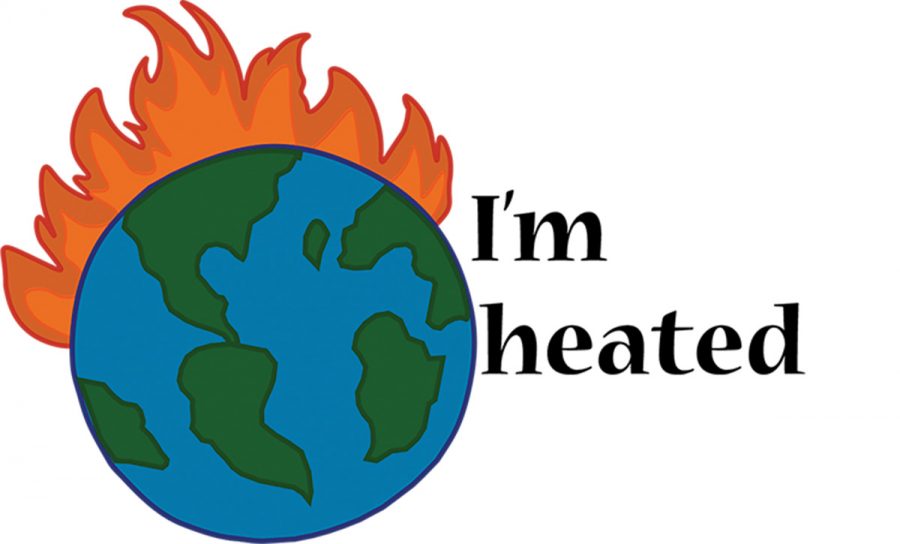I’m heated
Locally sourced food is a sham meant to convince consumers they’re saving the planet
More stories from Emilee Wentland
If there’s anything I know about Eau Claire, it’s that we love for our stuff to be local. This goes for anything: artwork, music and, especially, food.
But what does locally sourced mean? Was it created 5 miles away? 20 miles? 100?
Well, as it turns out, there’s not a clear-cut definition.
The 2008 Farm Act defines “local” as less than 400 miles away. However, the USDA gives no such definition.
“You can define ‘local’ or ‘regional’ however you like: within a certain number of miles from your school, within the state, or within the county,” according to The United States Department of Agriculture (USDA) Food and Nutrition Service. “… Involving food service staff, local growers, food distributors, and others in helping you define local will ensure that the definition suits your needs.”
This means businesses can use the term in advertising to lure customers in, if they so choose, because they don’t have to define what it means to them. If it means they made it in the basement of the shop, that’s fine. If it means that they got it from within the U.S., that’s also allowed.
A lot of Eau Claire businesses promise their food to be “locally sourced,” but few to none actually explain what that means.
For instance, The Informalist’s menu is full of mostly “fresh, locally sourced” ingredients. Their website lists some farms that provide their ingredients, including Wisconsin farms in Eau Claire and as far away as Janesville — which is more than 200 miles away. Given, the website only lists “a few of the farms,” so there may be some further away.
Eleven percent of food-related greenhouse gas emissions comes from transporting food, according to Carnegie Mellon University.
Whether the food traveled 10 miles or 1,000 miles, it still had to be grown, watered, packaged and shipped. And if only 11 percent of carbon emissions come from shipping, then it’s the other 89 percent we should be worrying about anyway; 83 percent is related to food production.
The dairy industry is the biggest culprit in this. According to the Earth Institute at Columbia University, red meat production emits methane and nitrous oxide gases, which are two non-carbon dioxide greenhouse gases. In fact, red meat results in emitting nearly 150 percent more greenhouse gases than other meats.
“So while buying local food could reduce the average consumer’s greenhouse gas emissions by 4-5 percent at best,” the Earth Institute wrote, “substituting part of one day a week’s worth of calories from red meat and dairy products with chicken, fish, eggs, or vegetables achieves more greenhouse gas reduction than switching to a diet based entirely on locally produced food.”
Maybe locally sourced food items aren’t doing a lot for the environment if so little is related to just food transportation. However, I’m a big proponent for “every little bit counts,” and if eating locally sourced food — no matter the definition — is a little thing, so be it.
Eat your locally sourced food from local businesses to support your local community; it might just add up to be a big change.
But, an even bigger change would be cutting out red meat and other dairy products. There’s so many — delicious! — alternatives to meat and dairy products, that it wouldn’t have to be a hard thing to do. Even switching for one day a week would help the environment more than eating only locally sourced food.











